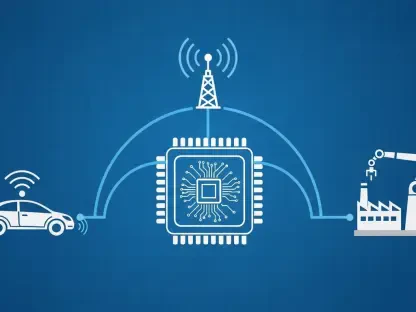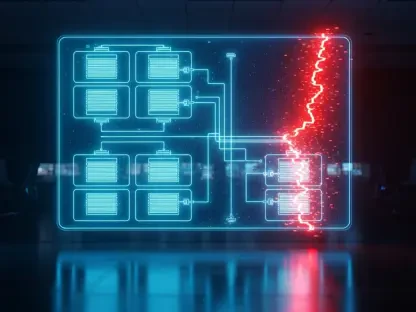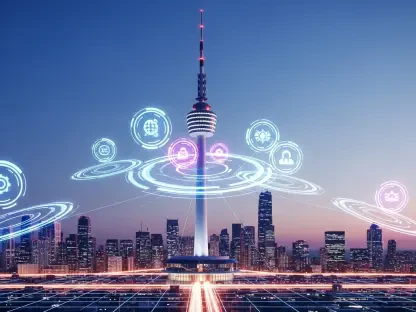Over the recent weekend, a significant number of wireless users across the United States found themselves grappling with connectivity issues as reports of Verizon outages surged, leaving many unable to make calls, send texts, or access data services, sparking frustration among those who rely on consistent service for personal and professional needs. This disruption, affecting a wide range of customers from the East Coast to parts of California, highlighted the critical role that reliable network services play in daily life, especially in an era where remote work and digital communication are paramount. Social media platforms buzzed with complaints, and many turned to online tools to track the extent of the problem. The incident underscored the importance of dependable networks in our increasingly digital world. As the situation unfolded, the wireless provider issued statements acknowledging the issue and provided updates on their efforts to resolve it, while affected customers sought temporary solutions to stay connected during the downtime.
1. Extent of the Service Disruption
Reports of Verizon’s service interruptions began flooding in on Saturday, with thousands of customers across the nation experiencing a complete loss of wireless connectivity. According to outage tracking data, the East Coast appeared to be the most heavily impacted, though isolated reports also emerged from areas like Palm Springs in California. This widespread issue prevented users from accessing essential services, disrupting everything from emergency communications to routine business operations. Many expressed their concerns online, noting the inconvenience of being unable to reach family or colleagues. The scale of the outage underscored the challenges faced by large-scale network providers in maintaining seamless service across diverse geographic regions, especially during unexpected technical failures. While the exact number of affected users remains unclear, the breadth of complaints suggested a significant portion of the customer base encountered difficulties during the peak of the disruption.
The situation began to show signs of improvement by Sunday, as the number of reported outages dropped considerably compared to the previous day. Verizon confirmed through their official social media channels that full service had been restored for most customers following a software-related issue that triggered the widespread disruption. The company emphasized their commitment to monitoring the network to prevent further interruptions, acknowledging the patience of their user base during the resolution process. Despite the restoration, some users reported lingering connectivity issues in specific areas, raising questions about the robustness of the fixes applied. This partial recovery phase highlighted the complexity of diagnosing and addressing software glitches in a network that serves millions. The incident also prompted discussions about the need for better communication from service providers during such events to keep customers informed and prepared for potential delays in service restoration.
2. Technical Challenges and User Impact
Verizon identified the root cause of the weekend outage as a software issue, which affected wireless services for a significant number of customers. Engineers were mobilized quickly to address the problem, though no specific timeline for full restoration was initially provided, leaving many in limbo about when they could expect normalcy. The company’s public statements indicated a focus on rapid resolution, but the lack of detailed updates during the early stages of the outage led to uncertainty among users. This technical hiccup served as a reminder of how even minor software glitches can cascade into major service interruptions for large networks. The incident also exposed vulnerabilities in infrastructure that, despite advancements, can still falter under unexpected conditions, prompting a broader industry conversation about the reliability of wireless systems in meeting modern demands for constant connectivity.
For many affected customers, the outage meant more than just a temporary inconvenience; it disrupted critical aspects of daily life, especially for those relying on mobile networks for emergency calls or remote work. iPhone users, in particular, noticed an “SOS” or “SOS only” message in their status bar, indicating a loss of connection to the cellular network. While emergency calls remained possible, routine communication was halted, causing frustration. Apple Support suggestions, such as toggling airplane mode or restarting the device, offered limited relief for those whose issues stemmed from the carrier’s outage rather than device settings. Contacting the service provider to confirm account status or local outages was advised, though reaching support during peak disruption proved challenging for some. This situation emphasized the dependency on cellular networks and the ripple effects when service fails, urging users to consider backup communication options for future incidents.
3. Moving Forward After the Outage
Reflecting on the events of the weekend, Verizon’s response to the outage involved not only restoring service but also reassuring customers through updates on social media that ongoing monitoring would prevent similar disruptions. The resolution of the software issue was a significant step, yet the incident left a lasting impression on users who experienced hours of disconnection. Many had to adapt by finding alternative means of communication or rescheduling important tasks that depended on reliable network access. The company’s acknowledgment of the issue and subsequent actions were noted, though the initial lack of detailed timelines during the outage drew criticism from some quarters. This event served as a critical learning moment for the provider in terms of crisis management and customer communication during widespread technical failures.
Looking ahead, customers and industry observers alike can take proactive steps to mitigate the impact of future outages. Exploring secondary communication tools, such as Wi-Fi-based messaging apps, can serve as a valuable backup during cellular disruptions. Additionally, staying informed about network status through official channels or outage tracking platforms can help users prepare for potential issues. For Verizon, investing in robust software testing and enhancing transparency during service interruptions could rebuild trust among affected users. The weekend’s challenges underscored the importance of resilience in telecommunications infrastructure, prompting a call for continuous improvement in how outages are handled. As technology evolves, ensuring minimal disruption will remain a priority for both service providers and their customers, fostering a more connected and dependable digital landscape.









